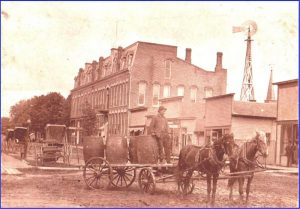The Artesian Well
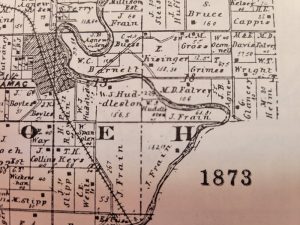
The story of the artesian well begins on a cold February evening in 1887 when residents met at Vurpillat’s Hall. They shared dreams of future wealth in oil and natural gas, as Indiana was in the middle of a natural gas boom. Companies were drilling on the west side of the county, and discoveries of both oil and natural gas had been made.
The Winamac Gas & Oil Company was formed on that February night. In June, they sank a well on Water Street in search of oil. Oil was not found, but water was!
The Beginning
The well turned into a cottage industry. Young boys, instead of paper routes, would tote containers of artesian water to homes and businesses. An attempt was made to interest tourists in the “medicinal properties” of the water, and artesian baths were also considered.
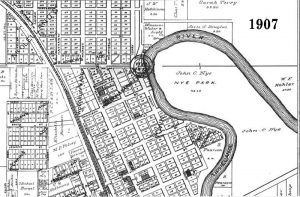
The artesian water love affair didn’t last long. By 1889, a short two years later, Winamac was turning its attention to the building of a water works and electric plant. People wanted water piped into their homes.
On the other side of the river, on the “peninsula,” another history was taking place. In 1908, Mr. Nye sold his property to Ben Herrick. Mr. Herrick planned to convert the land to private use. On the day he began cutting trees, citizens banded together to raise funds to purchase the property. They raised enough on the first day to retire the debt, and the Winamac Park Association was born. The park remained available to residents at no charge.
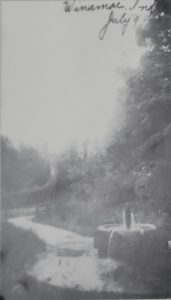
The Park Association raised funds in 1922 to improve the park on the peninsula. Late in 1921, the Winamac Kiwanis Club had been formed. The two groups together envisioned a premier tourist attraction using both sides of land at the bend of the river.
It cannot be determined from Town minutes, but either the descendants of Mr. Nye approached the Kiwanis Club, or the Club approached the Nyes. They family still owned land on the west side of the river. The plots of land included the historic artesian well. The area by the well was also the site of two local fords from the town to the park, one at Pearl Street and one at Market. It was the place that both permanent bridges had been attempted and temporary bridges were still placed “in season.”
A representative of the Kiwanis Club approached the Town Council with the idea of purchasing the land. Minutes were not specific, and it is unknown if the Town, at that time, envisioned another public park. While their intent was not clear in the minutes, they were amenable to the purchase. Water Street was vacated, and by 1923, this area was public property. The Town was happy to leave the details to the Kiwanis Club.
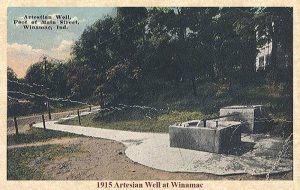
Either through invitation or self-driven in this regard, in 1923, R. E. Nutt spoke to the Park Association about a suspension bridge that he believed could be installed for $2,000. The Association approached the Town, asking them to share expenses on a 50/50 basis. The Town agreed, so long as they did not have to pay more than $1,000.
The bid, when submitted, of course came in higher than $2,000, The Town of Winamac refused to pay more than $1,000, so the item was tabled until the Park Association and the Kiwanis Club could make a plan to pay for it. The Park Association took to the streets and raised the necessary funds before a planned meeting could take place.

With the necessary funds coming in, the Town accepted Mr. Nutt’s bid in April. By May, Memorial was under construction, and the Park Association launched into additional improvements to their privately-owned “river park.” At the same time, the Kiwanis Club put their members to work.
The new town park, which included the artesian well, was to become a campground. Club members provided a general clean-up and put the area in shape for use by auto tourists. “Combination dining tables and seats for the use of picnic parties” were constructed. Two camp stoves were erected and a cinder walk from the well to the footbridge was installed.
The plan was coming together. A first-rate campground on the west side and a first-rate park on the other, with a permanent bridge to bind the two.
Good Things Don’t Always Last
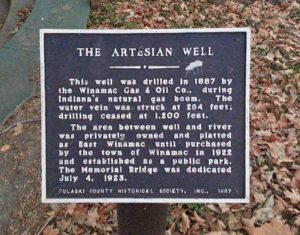
The well eventually ran dry, a victim of other water projects in town. Projects which created issues with the pressure of the artesian well. Eventually, the well was capped, and it exists today only as a point of history.
PowerPoint presentation (in PDF Format)
Winamac Park Part 2 Artesian Well.
